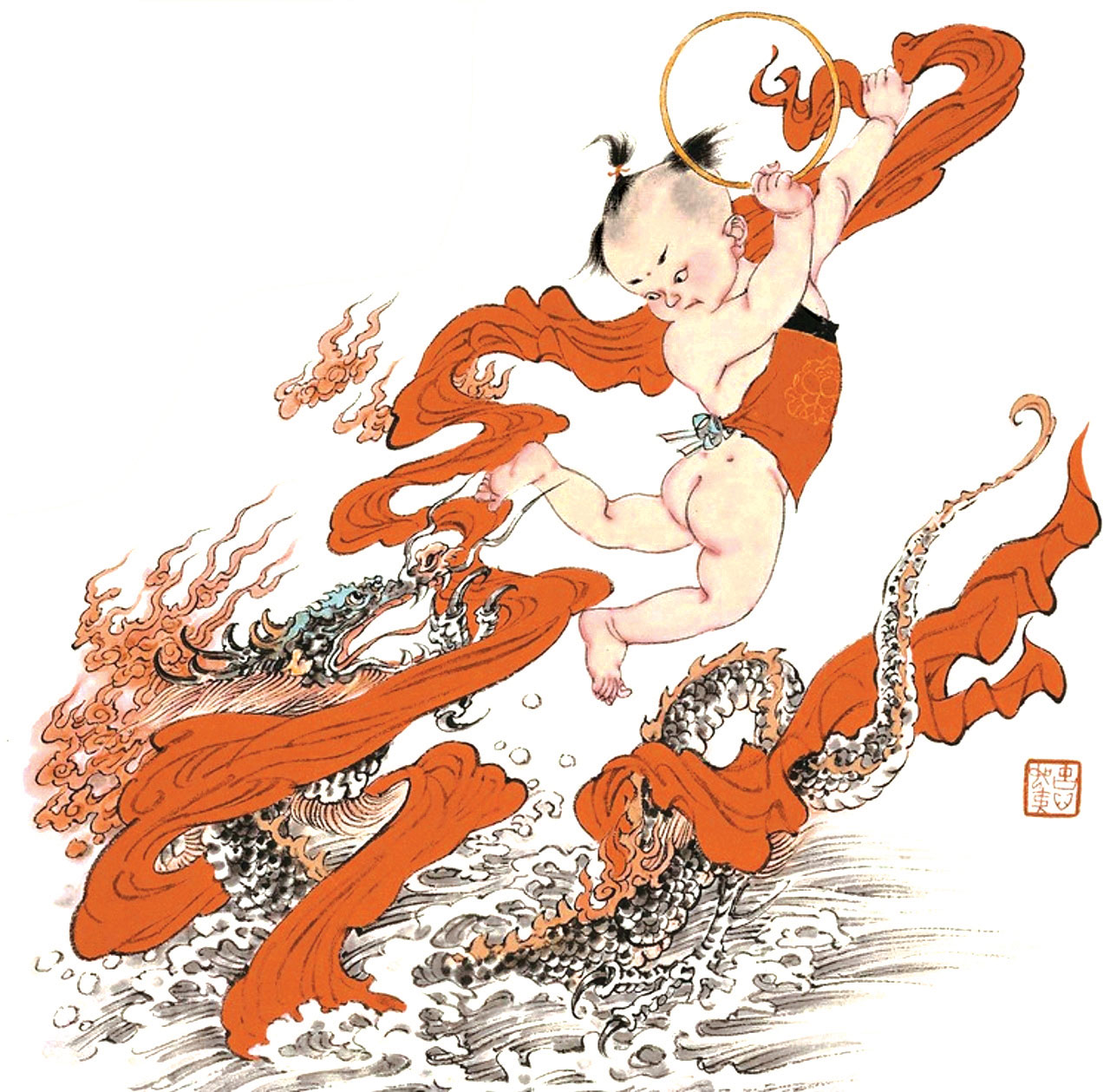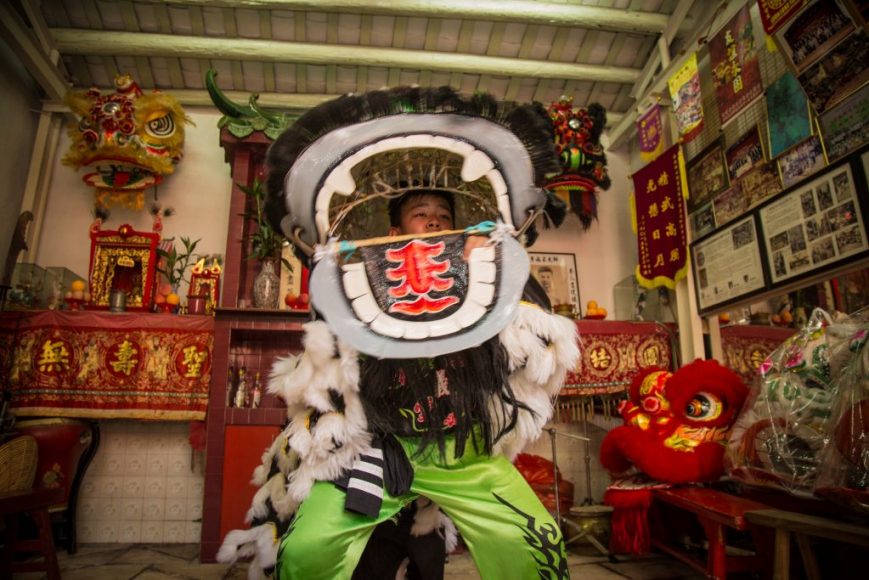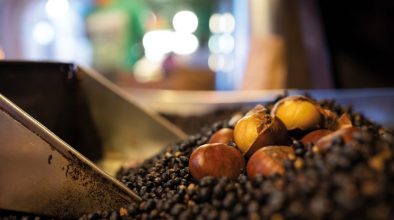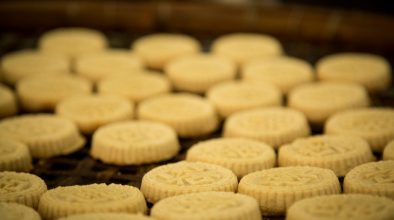Kit Yee Tong, the oldest martial arts club in Macao

Standing opposite to the historic Na Tcha Temple of Mount Hill is a humble two‑storey compound home to a kung fu legend more than a century old.
It began in 1914, when a group of local kung fu practitioners formed a lion dance troupe to participate in the firecracker‑grabbing races during major festivals. The team soon attracted more like‑minded people and, in 1921, it officially transformed into a martial arts club called Kit Yee Tong, or the congregation of righteous men.
Li Fok Nga, an established kung fu expert from Hainan, was invited to be the master coach of Kit Yee Tong. Master Li specialised in Wu Hsing Hong Quan (Five Forms Fist), a kung fu style that simulates five animals – Dragon, Tiger, Leopard, Snake, and Crane. Taking the simple compound on Mount Hill as a teaching base, he quickly became a highly respected figure within the neighbourhood.
“My father used to tell me that some 80 years ago, when I was just born, Master Li was invited by the neighbours to perform Wu Hsing Hong Quan near the Ruins of St. Paul’s. His skills and power left the audience in awe, and caused quite a stir in Macao at that time,” says 83‑year‑old Hung Hin Ho, one of the oldest members and the permanent president of Kit Yee Tong.
The passion for kung fu dissemination was soon overshadowed by an urge to defend the country. When the Japanese invasion of Manchuria began in 1931, Master Li volunteered to join the legendary 19th Route Army of the National Revolutionary Army, fighting in the First Battle of Shanghai. Appointed as the coach of a machete squad, he led his fellow fighters in midnight attacks on Japanese military camps.
“The trick was to sneak into the camps without trousers,” Hung explains. “As the squad had to fight in complete darkness, they thought of this method to identify the enemies. Whenever they ran into someone wearing trousers, they dispatched them with machetes.”
While Master Li and other warriors were risking their life on the battlefield, people in Macao were filled with a sense of patriotism. Members of Kit Yee Tong, along with other devoted individuals and associations, organised dragon dance and kung fu performances to raise funds to support China against the Japanese invasion.
Unfortunately, Master Li became very sick during his military service and was commanded
to return to Macao for better medical treatment. His health continued to deteriorate; he passed away at the age of 45.
Today, Master Li is remembered as the pioneer of Kit Yee Tong. A memorial tablet affixed to the entrance of the compound commemorates his wartime contributions. His training weapon, a rusted trident more than a metre long, is regarded as a spiritual mascot by the members of Kit Yee Tong.
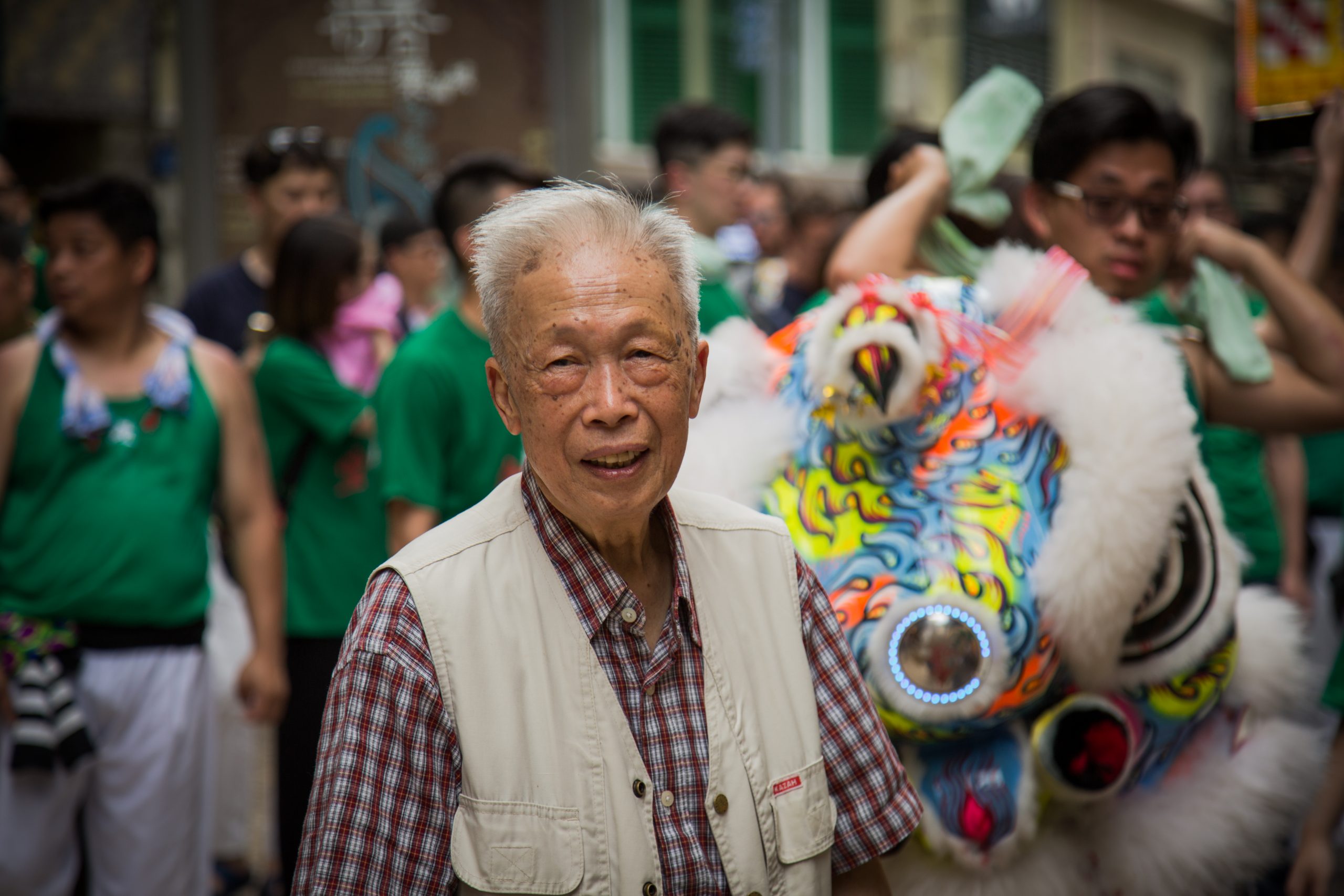
Passing of the torch
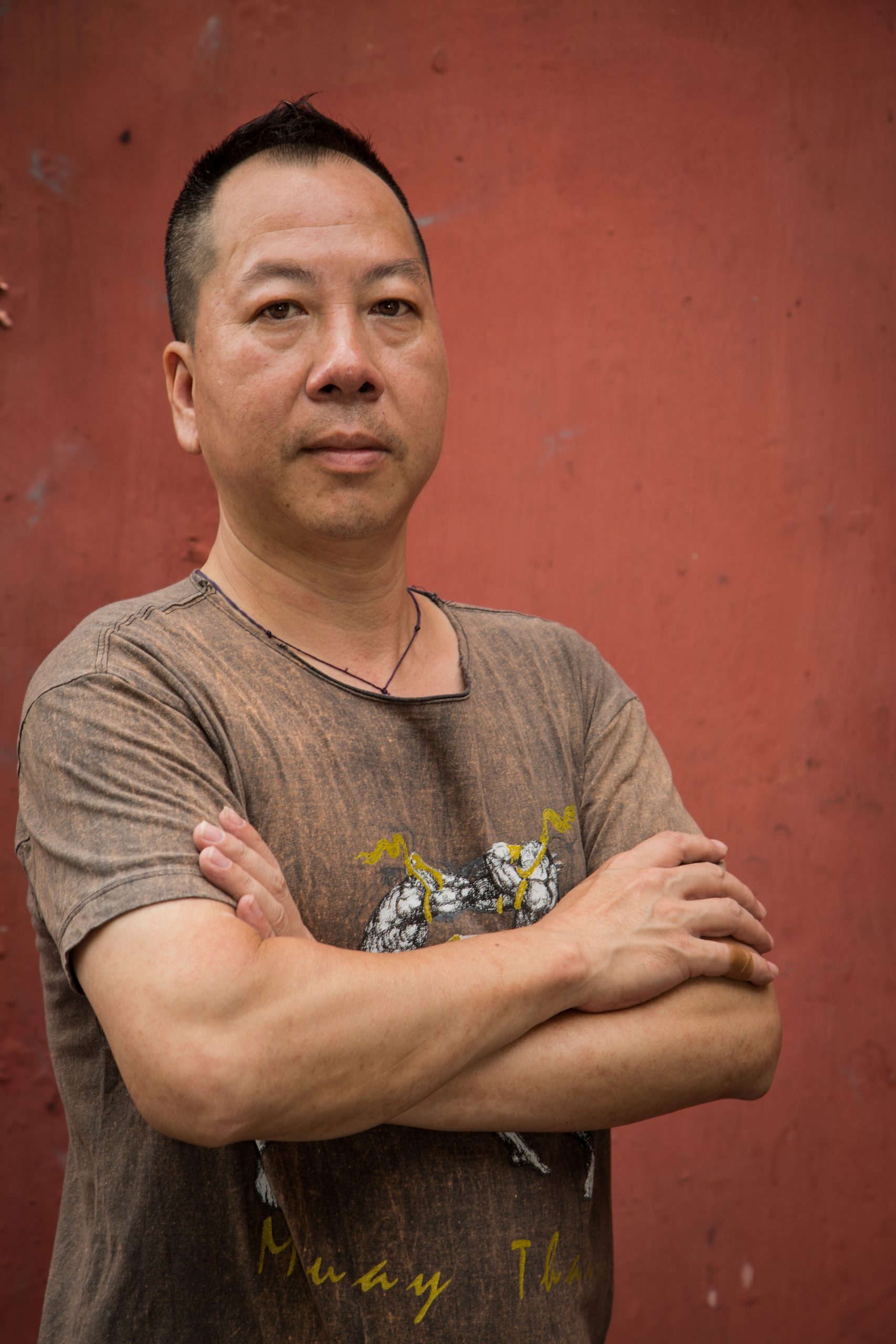
Master Li’s legacy lives on through the club, his elaborate kung fu techniques passed on from one generation to the next. Masters and disciples continue their pursuit of excellence in martial arts on the rooftop of Kit Yee Tong, an area of 100 square metres surrounded by fencing and victory flags earned over the years.
To promote physical activities among young people, the club is now working with local schools to provide the students with a variety of interesting classes, such as volleyball and tchoukball
Their trainings include Wu Hsing Hong Quan and lion dance, which has close relationships with Chinese Kung Fu. Their signature move is Qi San Bo, a technique that requires three lion dancers to pile up, one on top of another’s shoulders, to reach for a target 6–7 metres above the ground.
“It’s important to pass down the skills and passions from generation to generation; this is how Kit Yee Tong came through the century,” Hung Hin Ho exclaims. “The first members of Kit Yee Tong were from my father’s generation. They were mostly the young men from the neighbourhood. When they grew up and had families, they brought their sons into the club.”
His son‑in‑law, Mak Weng, is also a member of Kit Yee Tong. While he was not Mak’s direct coach, Hung watched him grow up.
“The training at our time was tough. We did horse stance all the time and our masters were strict with us. Sometimes they just kicked our legs really hard to test our strength,” Mak recalls. “Still, we respect them a lot. We call them Sifu, which bears the dual meaning of ‘master’ and ‘father’. This is the best description for our relationship.”
Now a master and the deputy chairman of Kit Yee Tong, Mak admits that the club has adopted a gentler training approach as society has changed. To promote physical activities among young people, the club is now working with local schools to provide the students with a variety of interesting classes, such as volleyball and tchoukball, two sports played with hands. “Last year, our tchoukball team won the Grand Trophy of Macao Tchoukball Tournament,” says Mak.
While Kit Yee Tong has become a more diverse training provider, Mak is delighted by the renewed interest in traditional practice in recent years. The club has approximately 60 active members, including 12 children around the age of ten. “It is like a cycle,” Mak says. “From time to time, people want to look back at the traditions that have been passed down to them. They see the lions and the drums we are playing, and think it’s fun. They want to be a part of it.”
The Na Tcha Festival is the biggest annual event for Kit Yee Tong. Since its establishment in 1921, the club has sent a lion dance troupe to take part in the celebration each year
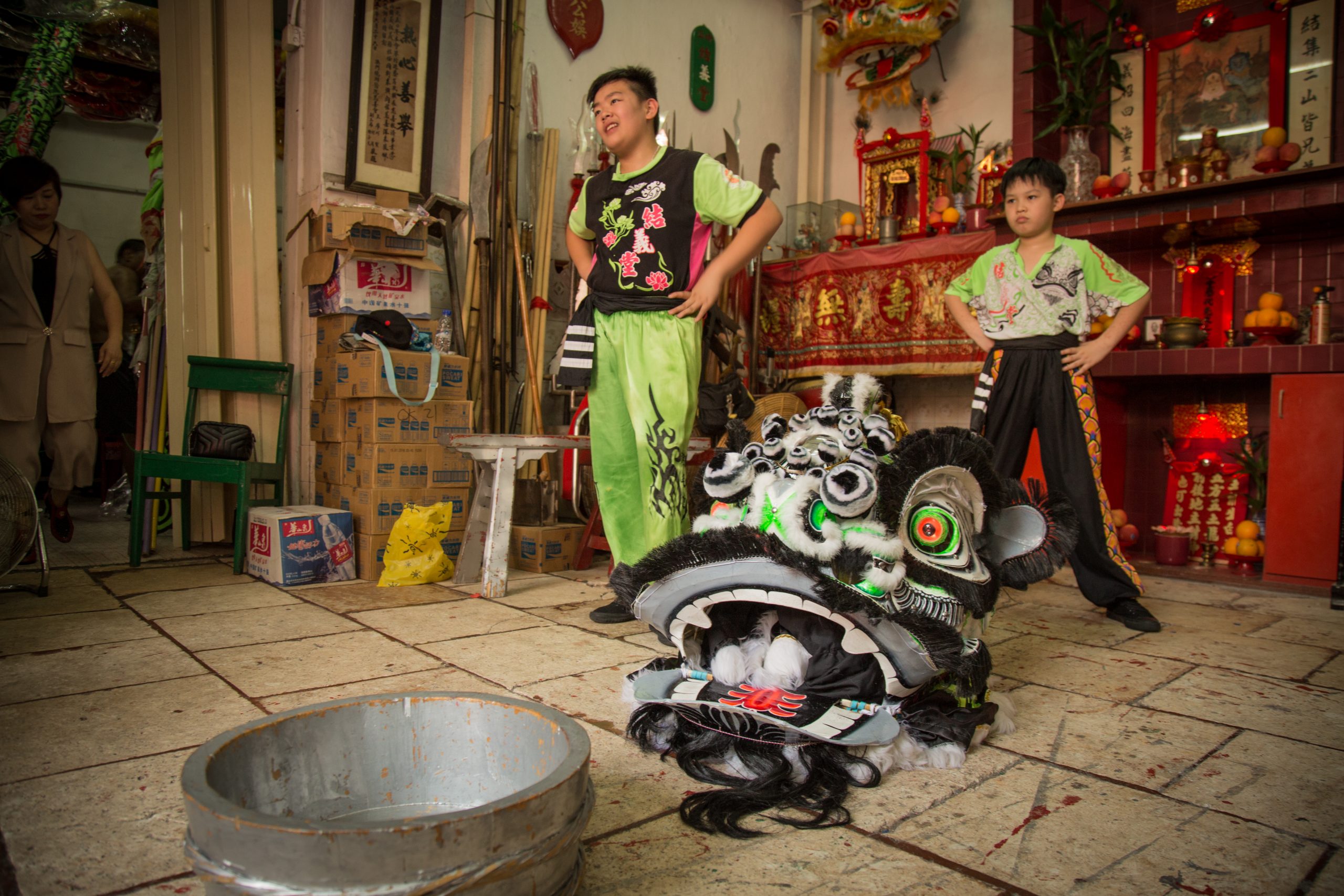
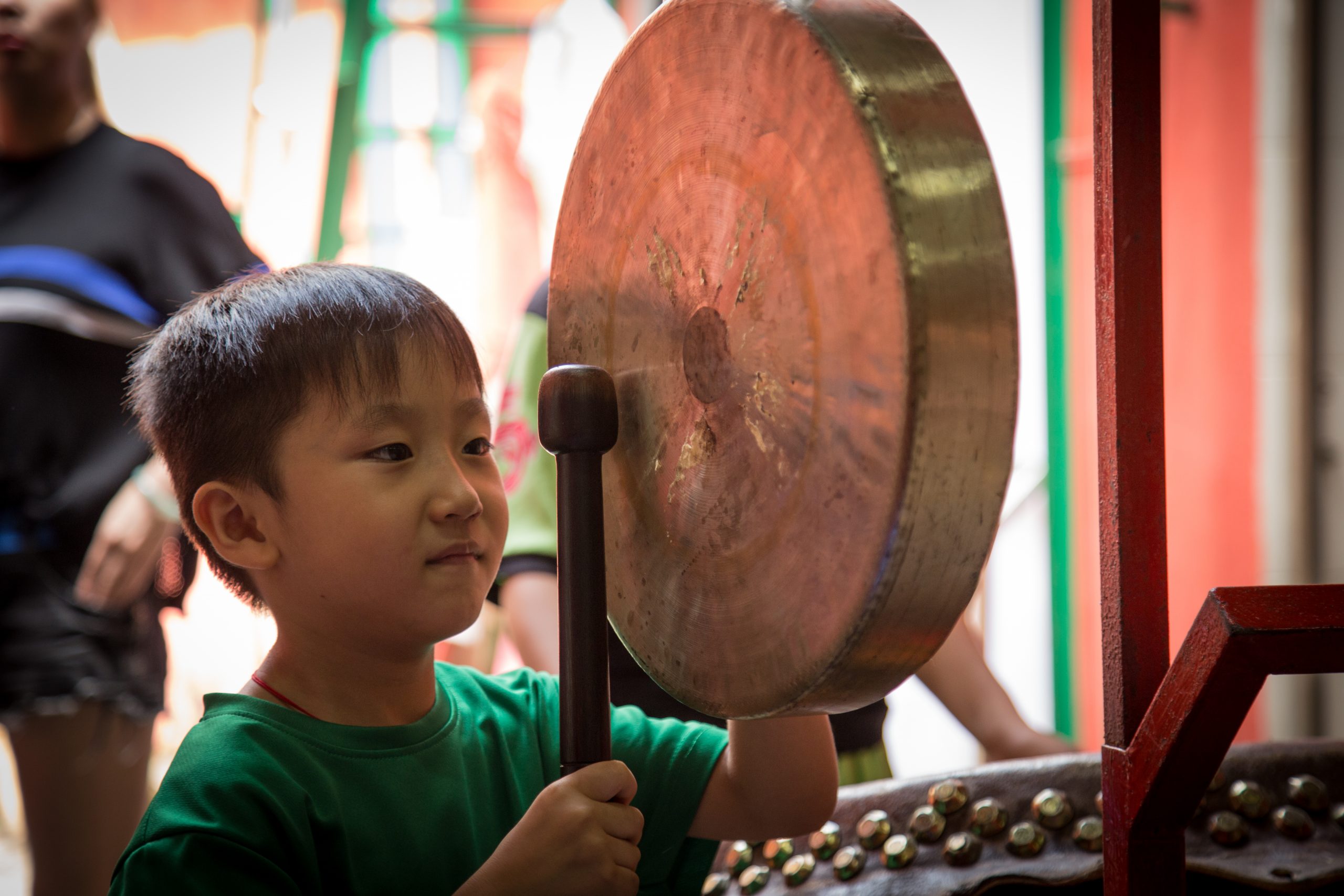

Honouring tradition
Na Tcha is often portrayed as a well‑established child god that rides on Wind Fire Wheels to drive demons and disasters from the face of the earth. The Na Tcha customs and beliefs in Macao stretch back more than 300 years.
The Feast of Na Tcha falls on the eighteenth day of the fifth lunar month (June). Two parades are organised on that day: one starts at the Na Tcha Temple near the Ruins of St Paul’s; the other, the Prince Na Tcha Parade, starts at the Na Tcha Temple of Mount Hill, the oldest temple in Macao dedicated to the deity.
For more than a century, Taoist priests, worshippers, and performers have been gathering on the slope of Mount Hill to honour the folk religion god on his birthday. Among the assemblers are the lion dancers from Kit Yee Tong, dressed in matching sportive green vests. Once the worship ritual in the temple is completed, the team escorts the Na Tcha statue along the parade route, ending in Largo do Senado.
Accompanied by the drummers and the cymbalists, the dancers jump up and down, simultaneously adjusting the lion’s expressions according to its various movements. The dancing lion also performs cai qing, or plucking the greens, along the route, a custom believed to bring blessings and good fortune.
The Na Tcha Festival is the biggest annual event for Kit Yee Tong. Since its establishment in 1921, the club has sent lion dance troupe to take part in the celebration each year.
Hung says he has never missed a parade since he joined Kit Yee Tong more than 70 years ago. Escorted by the younger members of the club, the well‑respected master walks alongside the dancing lion, fondly recalling the time he participated in the parade as a child, “I was the kid who dressed as Na Tcha in the parade until I was 12 years old. Today, it’s the son of one of our disciples in the role.”
Hung Heng Lon has his cheek painted red and his eyebrows enhanced to imitate the image of Na Tcha. At the age of ten, he reveals that this year is the last time he will play the child god in the parade. “This is already the fourth time I’ve played this role and next year I will be too old,” he explains. “But, I can continue to participate in the parade as a lion dancer. I am learning the movement of the lion’s tail right now and I look forward to playing at the head one day. ”
